Between late 1979 and the end of 1989, there were nearly 500 (real) one-hit wonders of the 80s that reached the BILLBOARD Hot 100 just one time, a list that includes Soft Cell, Gary Numan, Timbuk 3, The Church, Bronski Beat, Nik Kershaw, The Buggles, The Waitresses, Ultravox and two different bands named The Silencers. Once a week or so, I’ll highlight a (real) one-hit wonder for you.
This morning (11.4.2019), Maryhope texted me in all caps, RONALD WAKE UP PEOPLE ON TWITTER ARE ARGUING ABOUT ONE-HIT WONDERS!!!
Whenever I hear about one-hit wonders in the media (like National One-Hit Wonder Day on September 25), or social media (like on Twitter this morning), I tend to cringe. Because everyone who knows me well knows I am a singles chart nerd of epic 80s proportions and I am passionate about the subject of one-hit wonders, or namely, those artists who are continually labeled as one-hit wonders who had more than one hit on the BILLBOARD Hot 100.

The Bangles: “We had more than one hit, dammit!”
“One-hit wonder” artists, or rather, “Forgotten one-hit wonders” as mentioned on the Twitter today, included The Bangles, who had not one, but two No. 1 songs on the Hot 100 (“Walk Like An Egyptian” and “Eternal Flame”), in addition to three other Top 5 singles, starting with their first chart hit, the Prince-composed “Manic Monday.” Kinda feels like a Manic Monday with all of these crazy tweets about what people consider are one-hit wonders.
Other artists mentioned are the usual band of oft-mistaken one-hit wonders (forgotten or not) here in America: a-ha, Dead Or Alive, Terence Trent D’Arby, The Dream Academy, Eddy Grant, Fine Young Cannibals and Men Without Hats, all who had multiple Top 40 hits on the Hot 100.

a-ha: “We, too, had more than one hit in America, Jäklar!”
I have loved radio for 40 years, and I have been a part of radio (mostly community radio) for nearly 35 years, but a part of commercial radio that has always bothered me is how, somewhere over the course of time, radio programmers have chosen to just forget that many of these artists had more than one hit, and it somehow becomes radio law? To quote Prince’s brilliant “Housequake” from his equally brilliant SIGN “O” THE TIMES album, BULLSHIT!. Maybe that’s one reason commercial radio hasn’t been a fit for me. Because I can’t get behind that.
I get it. Radio time on Classic Rock stations and the like is valuable. “All the hits and nothing more right here on WTF-FM!” For what it’s worth, I’m here to lobby for all those artists who are always misrepresented with the one big hit and who had more than the one big hit that people are forced to remember and nothing more.
I’m also here to lobby on behalf of the nearly 500 (real) one-hit wonders of the 80s, those artists who just had the one hit on the BILLBOARD Hot 100. Some of the tweets today got a few right, like The Buggles, Nena, The Vapors, and even The California Raisins.
One of my all-time favorite (real) one-hit wonders of the 80s is British New Wavers Haircut One Hundred. Formed in Beckingham (in Greater London) in 1980 by lead vocalist and guitarist Nick Heyward and bassist Les Nemes, it didn’t take long for the six-man band for their sort of Jazzy / New Wave combo to catch on in their native U.K.

They were quickly signed to Arista Records in 1981, and in October of that year, released their first single, “Favourite Shirts (Boy Meets Girl).” In late 1981, that horn and percussion-heavy debut single (described as “Jazz-Funk”) turned into a No. 4 U.K. hit, and was certified Silver in the U.K., selling more than 200,000 copies.
In January 1982, the next single for Haircut One Hundred, “Love Plus One,” was released a month in advance of their debut album, PELICAN WEST, with every song written or co-written by Nick Heyward.
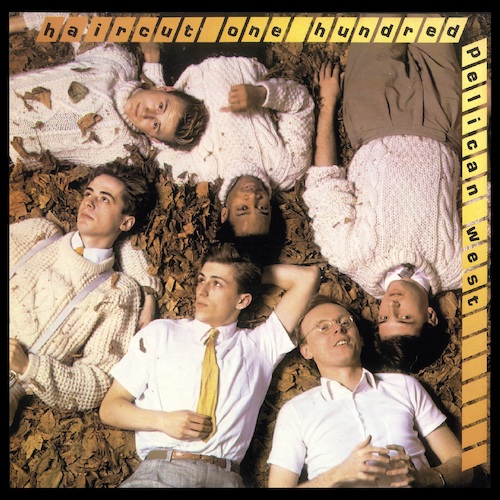
Ian Birch of SMASH HITS magazine called the single “a nifty mover with plenty of interesting details” and predicted it would chart higher than “Favourite Shirts” did. He was right. “Love Plus One” was an instant hit on the U.K. singles chart, reaching No. 3 and was certified Gold with over 400,000 copies sold.
The huge success of the band’s first two singles propelled the PELICAN WEST album to even greater success, reaching No. 2 on the U.K. album chart and it was certified Platinum.
Over here in America, or at least in 1982, music from away sometimes take awhile to catch on and reach the States, and in most cases (not always), it works out. “Love Plus One” debuted on the BILLBOARD Hot 100 in late May 1982, four months after its initial release.
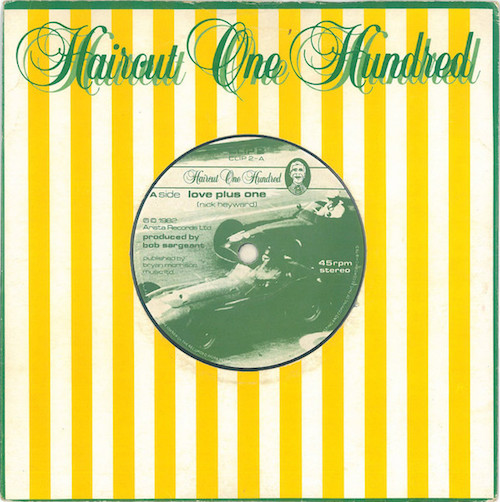
The U.K. 12″ single of “Love Plus One.”
It took its time climbing the Hot 100, but “Love Plus One” eventually reached the Top 40 in mid-July 1982, peaked at No. 37 a few weeks later, and spent 17 weeks on the Hot 100, departing the chart in early September 1982.
Haircut One Hundred would not grace the Hot 100 again. However, “Love Plus One” did cross over to BILLBOARD’s Mainstream Rock chart (No. 18) and BILLBOARD’s Dance chart (No. 8). It also reached the Top 3 in Canada and France. The success of “Love Plus One” also brought success to PELICAN WEST on the BILLBOARD album chart.
NERDY FUN FACT: If it wasn’t for One Hundred and One, Haircut One Hundred might not have been a (real) one-hit wonder here in America. “Favourite Shirts” just missed the Hot 100 in 1981, stopping at No. 101.
The overall success of Haircut One Hundred, however, was sadly short-lived. They did reach the Top 10 of the U.K. singles chart with their next two singles, 1982’s “Fantastic Day” (from PELICAN WEST) and “Nobody’s Fool.”
Their next single, “Whistle Down The Wind,” was postponed in early 1983, and it was announced that Nick Heyward was leaving Haircut One Hundred for a solo career. Nick would go on to have a long solo career, with nine albums released between 1983 and 2017, and reached the Top 40 in the U.K. with six times, led by the aforementioned “Whistle Down The Wind,” which you can hear during one of the dance scenes in the 1984 John Hughes classic, SIXTEEN CANDLES.

Haircut One Hundred, meanwhile, tried to carry on without Nick Heyward, but with their lead singer and primary songwriter gone, also gone was the chemistry. In 1984, they released an album called PAINT AND PAINT, which was not well-received and sealed the fate of the band for 20 years.

In 2004, Nick Heyward reunited with Haircut One Hundred on VH1’s BANDS REUNITED show, and performed again from 2009 through 2013. While no new Haircut One Hundred albums are in the works, in a 2017 interview with BBC Radio 4, Nick Heyward said he “has a deep love for the band,” and he is “ever hopeful” for a reunion show.
In the meantime, I am forever grateful that Haircut One Hundred, one of my all-time favorite (real) one-hit wonders, gave us the gorgeous “Love Plus One,” one of my all-time favorite songs ever…
https://www.youtube.com/watch?v=5_msHpEa3_Y


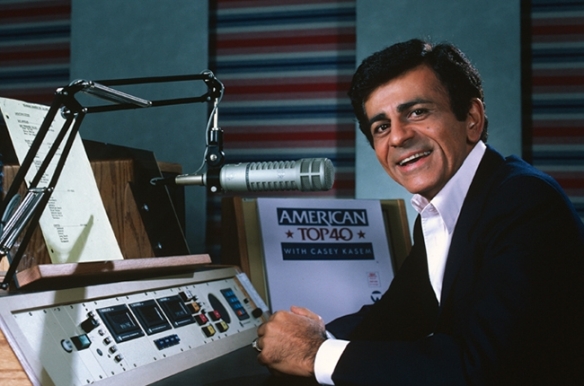
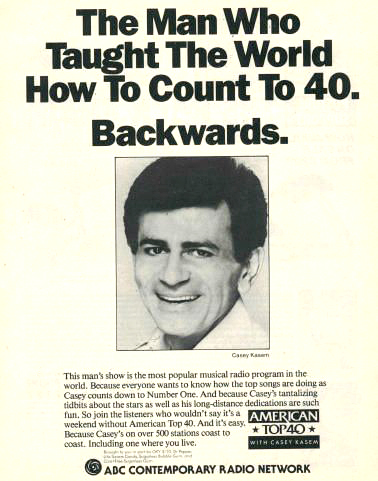
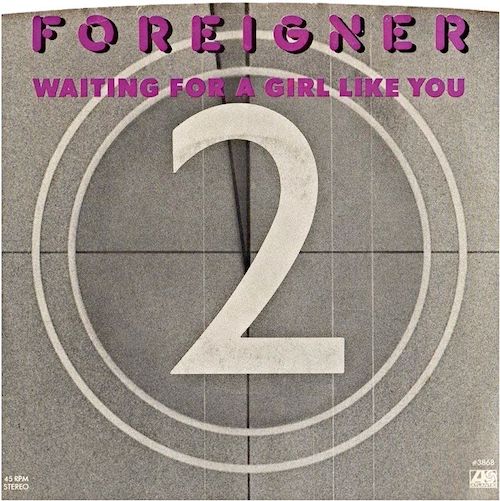

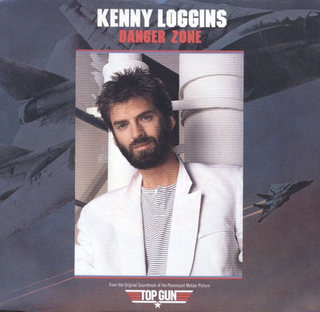 Some of the biggest songs in history that maybe you thought were No. 1 hits in America were actually No. 2 hits, such as “Girls Just Want To Have Fun” by Cyndi Lauper, “Easy Lover” by Philip Bailey and Phil Collins, “We Got The Beat” by The Go-Go’s, “Electric Avenue” by Eddy Grant, “Danger Zone” by Kenny Loggins, “Hurts So Good” by John Mellencamp, “Start Me Up” by The Rolling Stones and “Purple Rain” by Prince And The Revolution.
Some of the biggest songs in history that maybe you thought were No. 1 hits in America were actually No. 2 hits, such as “Girls Just Want To Have Fun” by Cyndi Lauper, “Easy Lover” by Philip Bailey and Phil Collins, “We Got The Beat” by The Go-Go’s, “Electric Avenue” by Eddy Grant, “Danger Zone” by Kenny Loggins, “Hurts So Good” by John Mellencamp, “Start Me Up” by The Rolling Stones and “Purple Rain” by Prince And The Revolution.
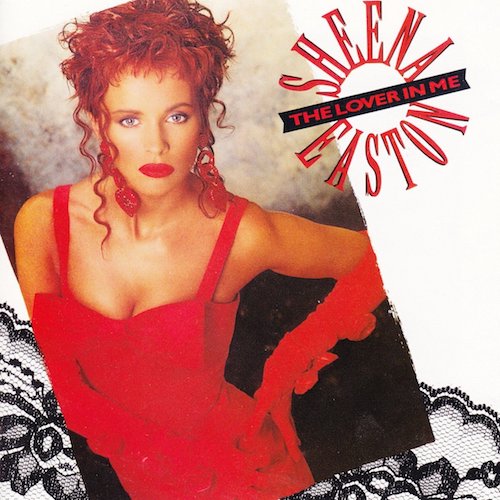


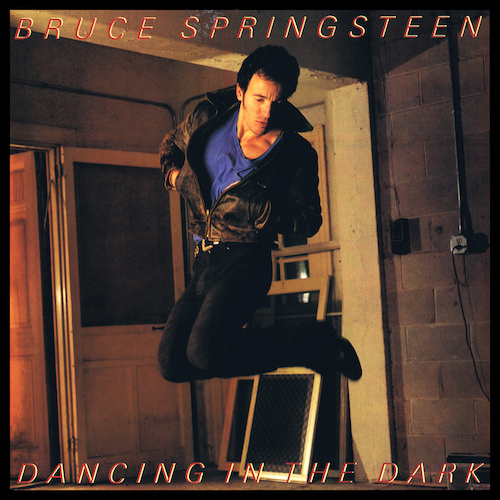
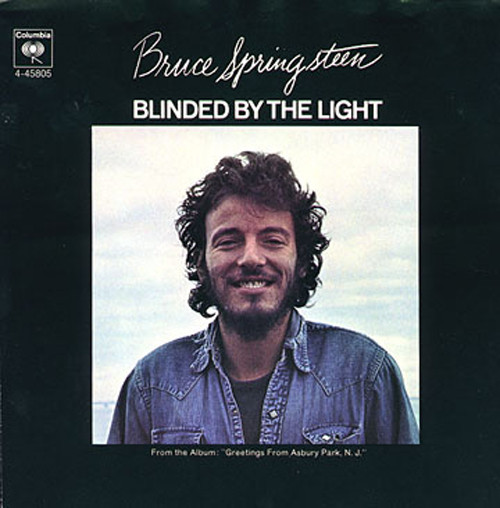

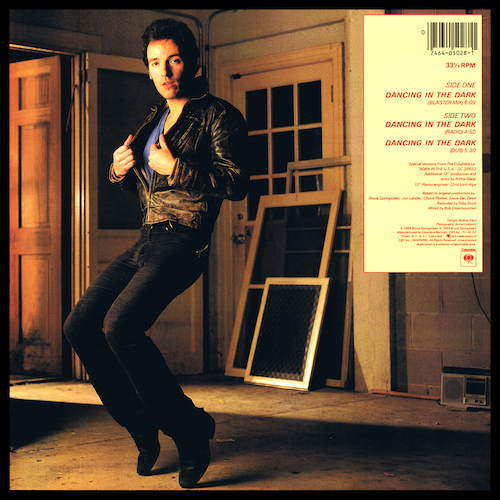

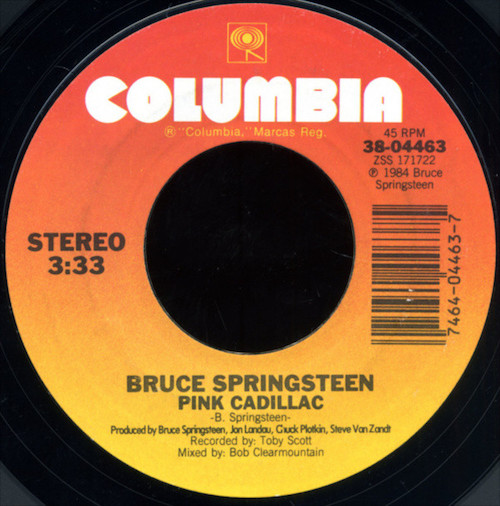
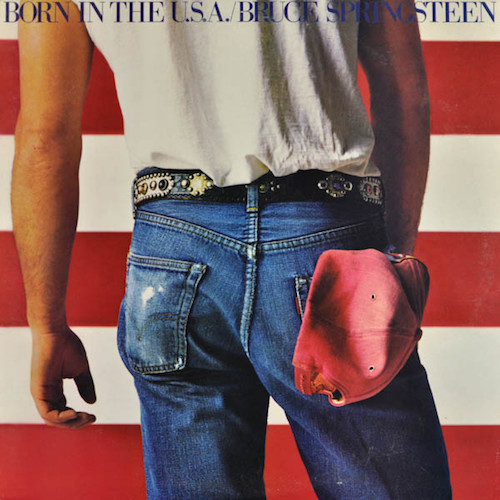
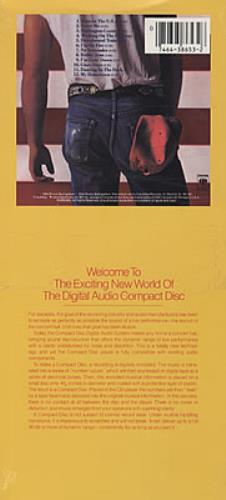



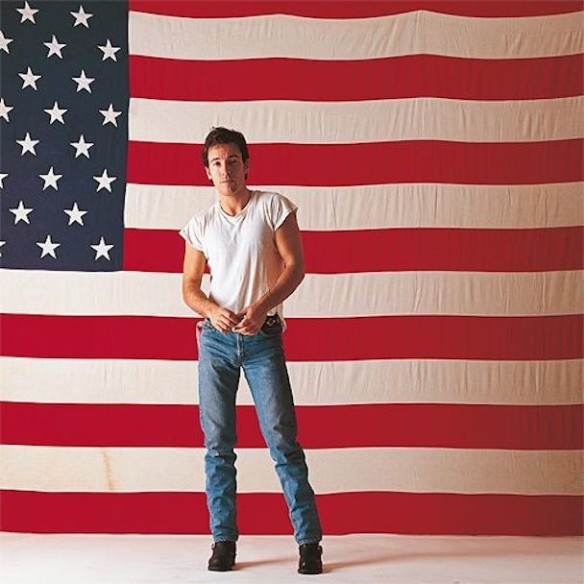
 I’ve prolly said on the bloggy thing here that the New Wave era here in America started and ended with The Human League.
I’ve prolly said on the bloggy thing here that the New Wave era here in America started and ended with The Human League.
 On the BILLBOARD Hot 100 dated July 16th, 1983, British music acts shattered the record established in 1965, where 14 songs by British recording artists were in the American Top 40 at the same time.
On the BILLBOARD Hot 100 dated July 16th, 1983, British music acts shattered the record established in 1965, where 14 songs by British recording artists were in the American Top 40 at the same time.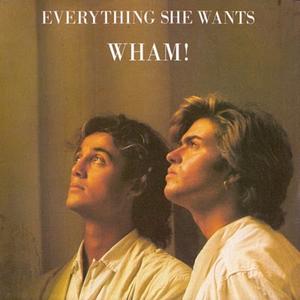 In April 1984, 40 of the singles on the Hot 100 were by British acts, and on the Hot 100 chart dated May 25, 1985 (the year of the height of the Second British Invasion), a record EIGHT of the Top 10 singles that week were by Brits: “Things Can Only Get Better” – Howard Jones (No. 10), “Some Like It Hot” – The Power Station (No. 9), “Suddenly” – Billy Ocean (of British origin; No. 8), “One Night In Bangkok” – Murray Head (No. 7), “Smooth Operator” – Sade (No. 5), “Everybody Wants To Rule The World” – Tears For Fears (No. 3), “Don’t You (Forget About Me)” – Simple Minds (No. 2), and “Everything She Wants” – Wham! (No. 1).
In April 1984, 40 of the singles on the Hot 100 were by British acts, and on the Hot 100 chart dated May 25, 1985 (the year of the height of the Second British Invasion), a record EIGHT of the Top 10 singles that week were by Brits: “Things Can Only Get Better” – Howard Jones (No. 10), “Some Like It Hot” – The Power Station (No. 9), “Suddenly” – Billy Ocean (of British origin; No. 8), “One Night In Bangkok” – Murray Head (No. 7), “Smooth Operator” – Sade (No. 5), “Everybody Wants To Rule The World” – Tears For Fears (No. 3), “Don’t You (Forget About Me)” – Simple Minds (No. 2), and “Everything She Wants” – Wham! (No. 1).
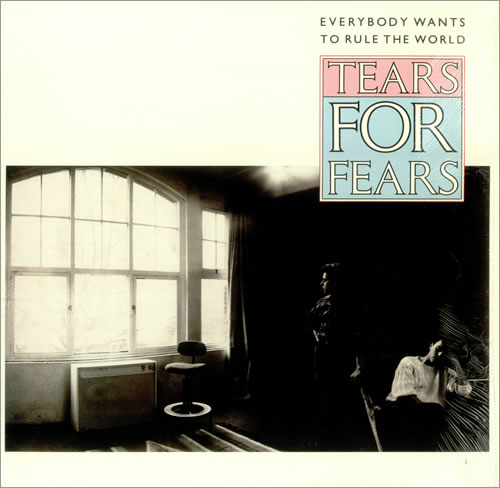
 Around the globe, it reached No. 1 in Canada and New Zealand, and the Top 10 in the U.K., Australia, Belgium, Holland and Ireland.
Around the globe, it reached No. 1 in Canada and New Zealand, and the Top 10 in the U.K., Australia, Belgium, Holland and Ireland.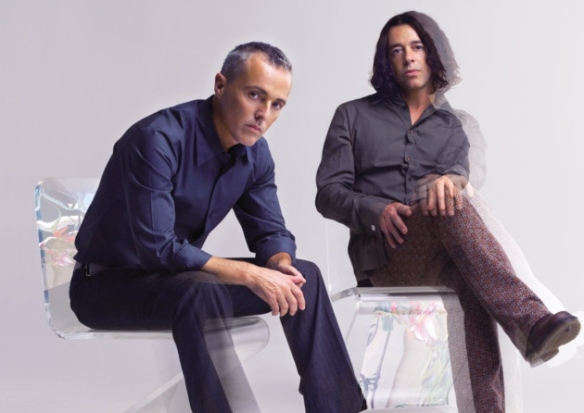
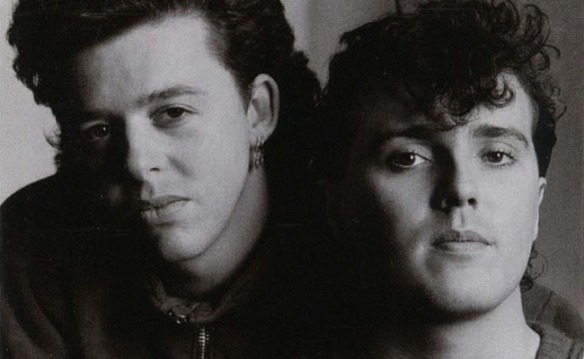
 Over the course of the 20 years I’ve been on the air with my little 80s radio show, STUCK IN THE 80s (on WMPG-FM community radio in Portland, Maine), I’ve advocated for those many recording acts who had the one big hit in America and continue to be labeled as “one-hit wonders,” though they had more than one chart hit on the BILLBOARD Hot 100.
Over the course of the 20 years I’ve been on the air with my little 80s radio show, STUCK IN THE 80s (on WMPG-FM community radio in Portland, Maine), I’ve advocated for those many recording acts who had the one big hit in America and continue to be labeled as “one-hit wonders,” though they had more than one chart hit on the BILLBOARD Hot 100. 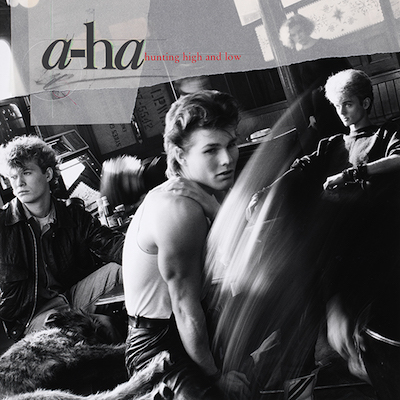

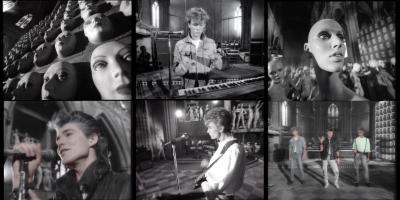

 In 2009, VH1 did a show on the “Greatest One-Hit Wonders Of The 80s,” and I responded with a show on STUCK IN THE 80s, titled “Why I Wasn’t A One-Hit Wonder,” featuring hits by artists listed above and other artists who appeared on VH1’s list like Thomas Dolby, John Waite, Devo, Frankie Goes To Hollywood, A Flock Of Seagulls and Dead Or Alive.
In 2009, VH1 did a show on the “Greatest One-Hit Wonders Of The 80s,” and I responded with a show on STUCK IN THE 80s, titled “Why I Wasn’t A One-Hit Wonder,” featuring hits by artists listed above and other artists who appeared on VH1’s list like Thomas Dolby, John Waite, Devo, Frankie Goes To Hollywood, A Flock Of Seagulls and Dead Or Alive.
 Between late 1979 and the end of 1989, there were nearly 500 (real) one-hit wonders of the 80s.
Between late 1979 and the end of 1989, there were nearly 500 (real) one-hit wonders of the 80s.